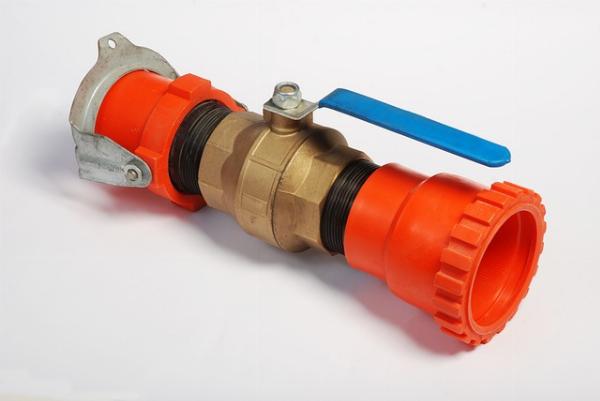 Website Copy Makeover – Turn Visitors into Buyers Instantly!
Website Copy Makeover – Turn Visitors into Buyers Instantly!
Industrial Gearbox Trends in 2024: A Year of Innovation and Transformation
Written by Shirlley » Updated on: June 17th, 2025

As we navigate through 2024, the industrial gearbox market is undergoing significant changes, driven by technological advancements, increasing demand for automation, and a global push towards sustainability. These trends are reshaping the industry, bringing both challenges and opportunities for manufacturers, suppliers, and end-users. This article explores the key trends influencing the industrial gearbox market in 2024.
Technological Innovations Leading the Way
One of the most prominent trends in 2024 is the rapid pace of technological innovation within the industrial gearbox sector. Modern gearboxes are now incorporating advanced materials and design techniques that significantly enhance their performance and durability. High-strength alloys and composites are being used to create lighter and more resilient gearboxes, capable of withstanding the demanding conditions of various industrial applications.
Additionally, the integration of smart technologies is transforming how gearboxes are monitored and maintained. IoT-enabled sensors and advanced diagnostic tools are becoming standard features, enabling real-time monitoring and predictive maintenance. This technological leap is reducing downtime and maintenance costs, while also extending the lifespan of gearboxes. The ability to predict and address issues before they cause significant problems is a game-changer for industries that rely on these critical components.
Automation and Industry 4.0
The rise of Industry 4.0 and the increasing automation across various sectors are significantly impacting the industrial gearbox market. Automated manufacturing processes require precise and reliable power transmission solutions, and gearboxes are essential in meeting these needs. The trend towards smart factories, where interconnected machines communicate and optimize production processes, is driving the demand for high-performance gearboxes.
Moreover, as industries strive to increase efficiency and productivity, the adoption of advanced gearboxes that can seamlessly integrate with automated systems is becoming more prevalent. This shift towards automation is not only enhancing operational efficiency but also pushing manufacturers to develop gearboxes that are more adaptable and responsive to changing industrial needs.
Sustainability and Renewable Energy
Sustainability is at the forefront of many industries' agendas in 2024, and the industrial gearbox market is no exception. The global push towards renewable energy sources is significantly driving demand for gearboxes used in wind turbines and other renewable energy systems. As countries invest heavily in renewable energy projects to reduce their carbon footprint, the need for robust and efficient gearboxes is on the rise.
Manufacturers are responding to this trend by developing gearboxes that are not only efficient but also environmentally friendly. The focus on sustainability extends to the entire lifecycle of the gearbox, from production to disposal, with an emphasis on reducing energy consumption and minimizing waste.
Challenges and Opportunities
Despite the positive trends, the industrial gearbox market faces several challenges. High initial costs remain a barrier, particularly for small and medium-sized enterprises (SMEs). The advanced materials and technologies that enhance gearbox performance also contribute to higher prices, making them less accessible to some buyers.
Additionally, the industry must contend with supply chain disruptions that have affected the availability and cost of raw materials and components. The COVID-19 pandemic highlighted these vulnerabilities, and ongoing geopolitical tensions continue to pose risks. Building a resilient and flexible supply chain is essential for manufacturers to navigate these uncertainties.
However, significant opportunities await in emerging markets. Rapid industrialization and urbanization in regions like Asia-Pacific and Latin America are driving demand for industrial gearboxes. Companies that can effectively tap into these markets stand to gain a competitive edge.
For More Info: - https://www.gmiresearch.com/report/industrial-gearbox-market/
Conclusion
The industrial gearbox market in 2024 is characterized by innovation, automation, and a strong emphasis on sustainability. While challenges such as high costs and supply chain disruptions persist, the opportunities presented by technological advancements and emerging markets are immense. As the industry continues to evolve, manufacturers that embrace these trends and adapt to changing demands will be well-positioned for success.
Note: IndiBlogHub features both user-submitted and editorial content. We do not verify third-party contributions. Read our Disclaimer and Privacy Policyfor details.
Copyright © 2019-2025 IndiBlogHub.com. All rights reserved. Hosted on DigitalOcean for fast, reliable performance.

















